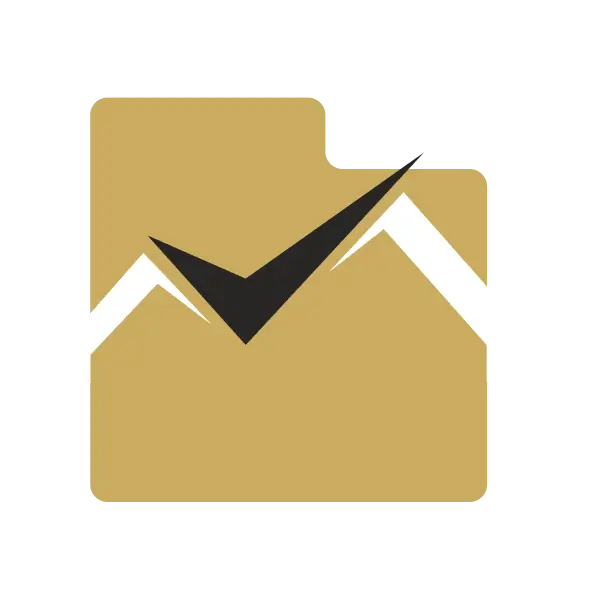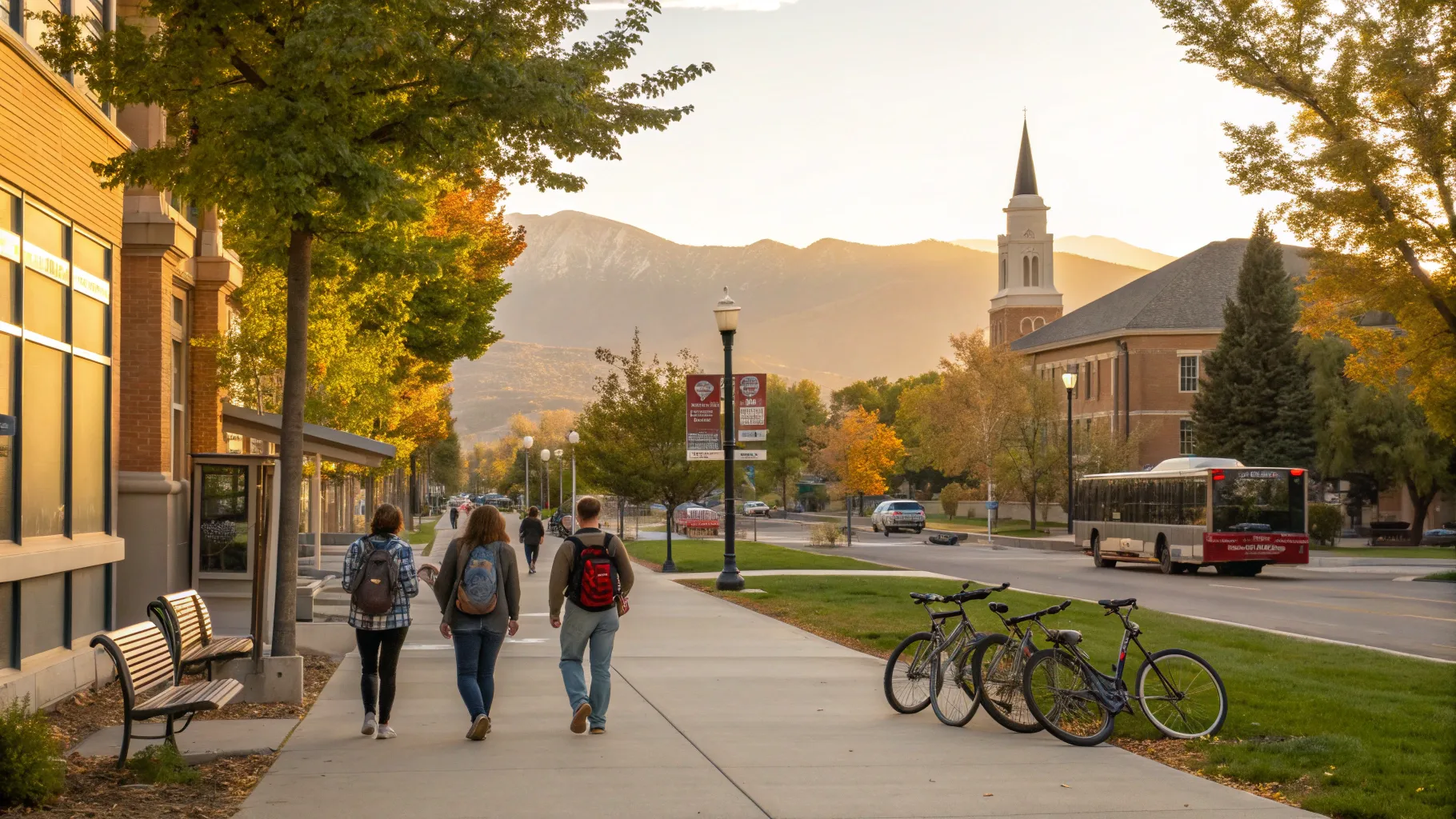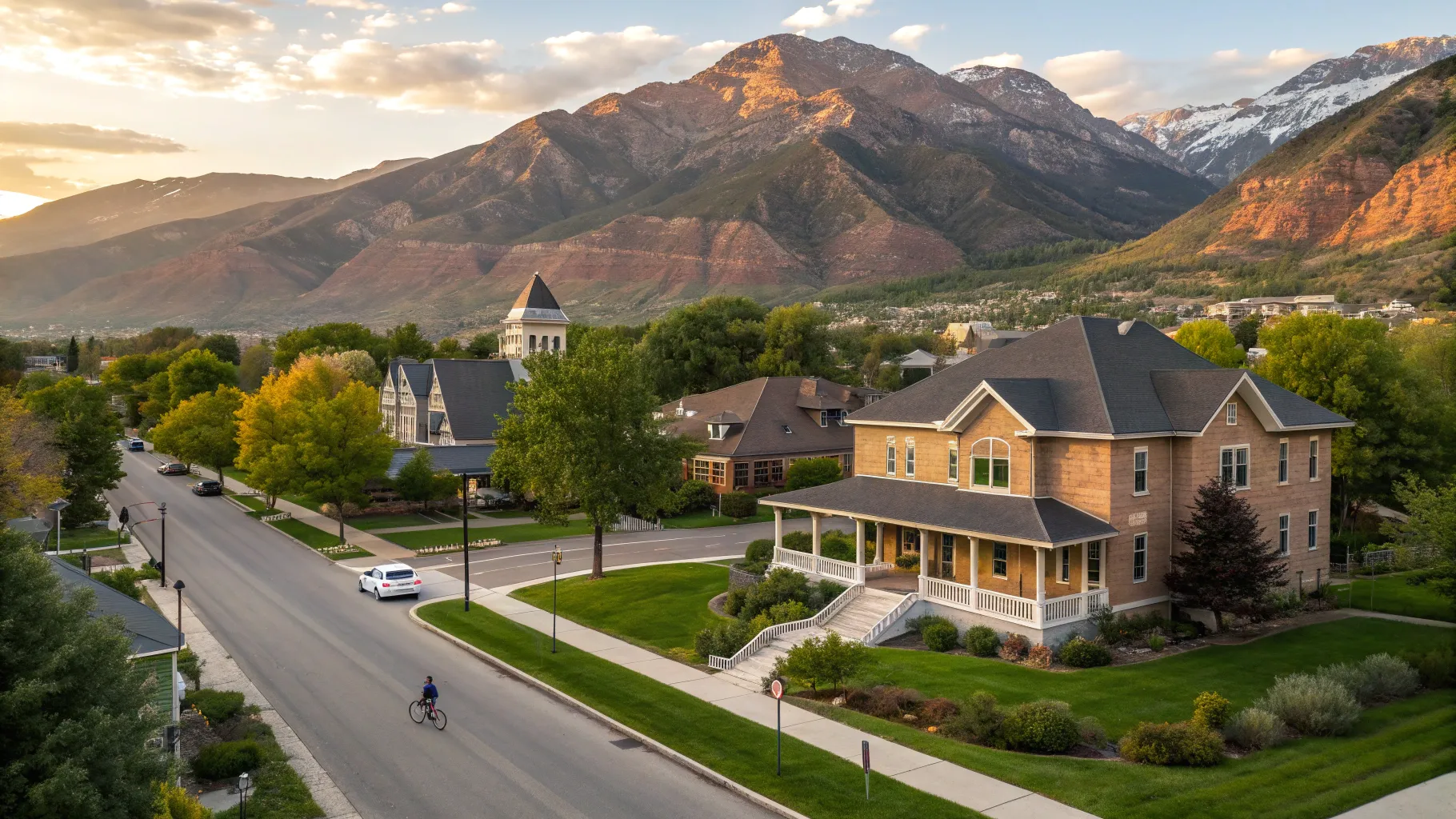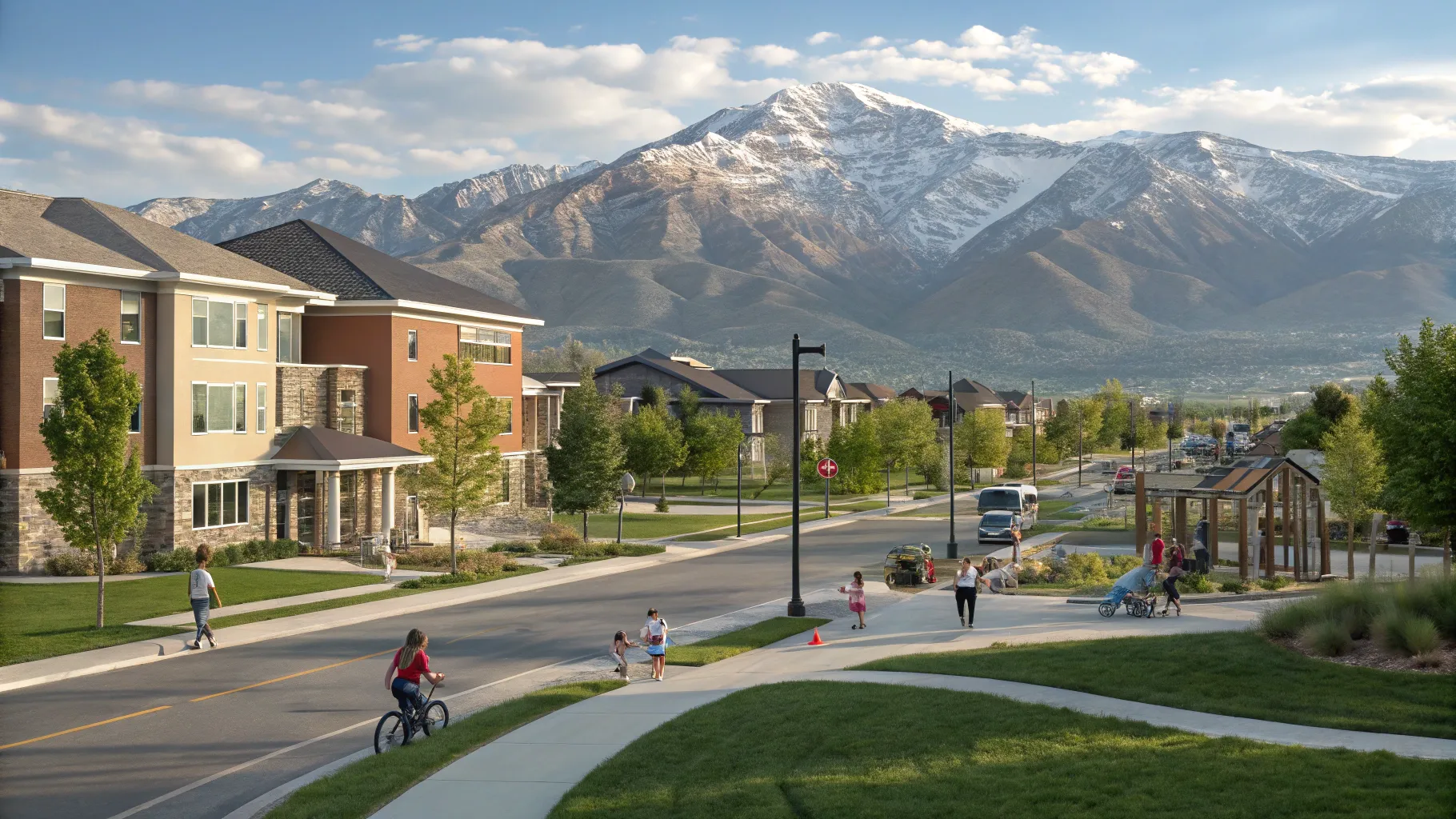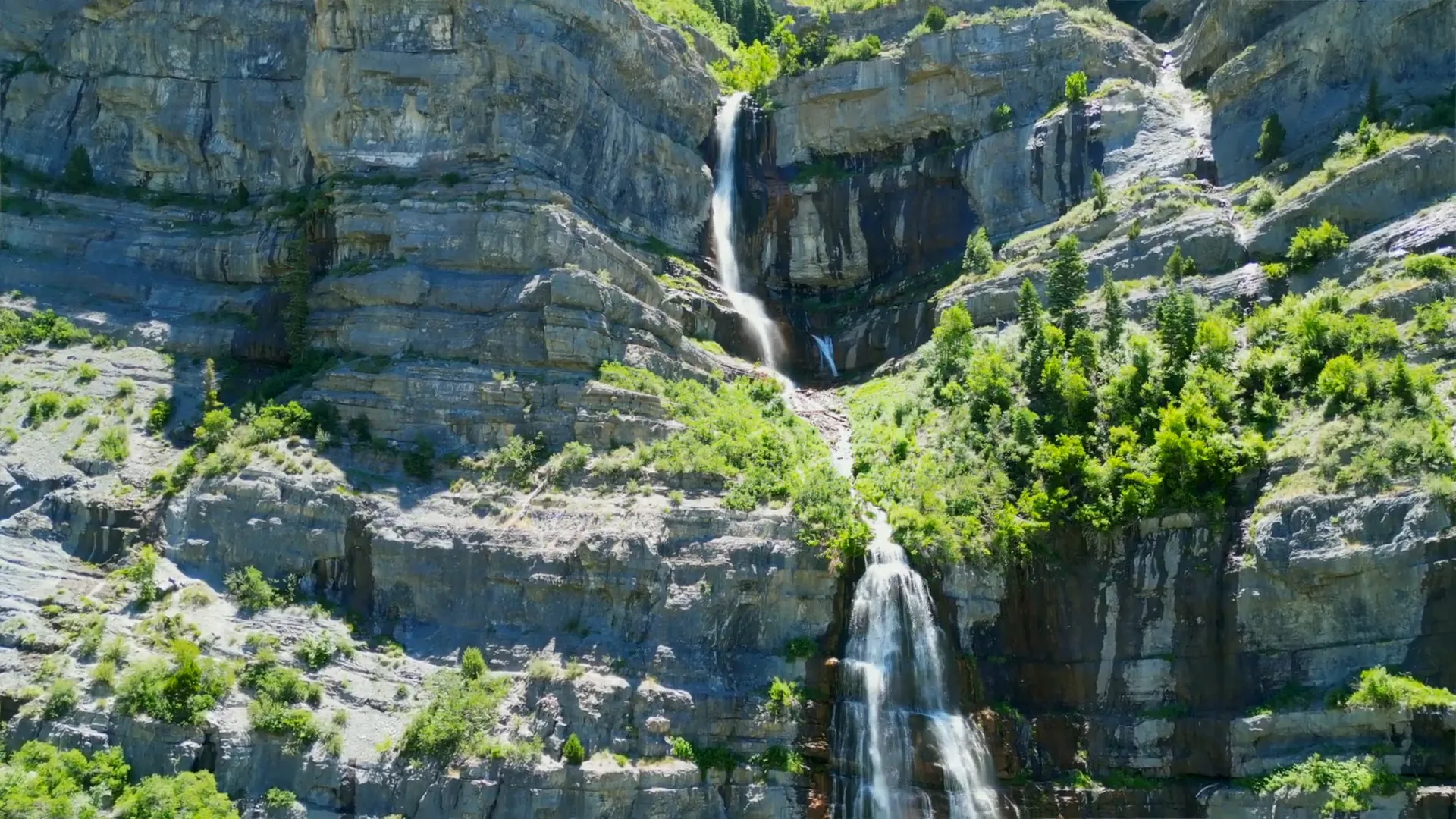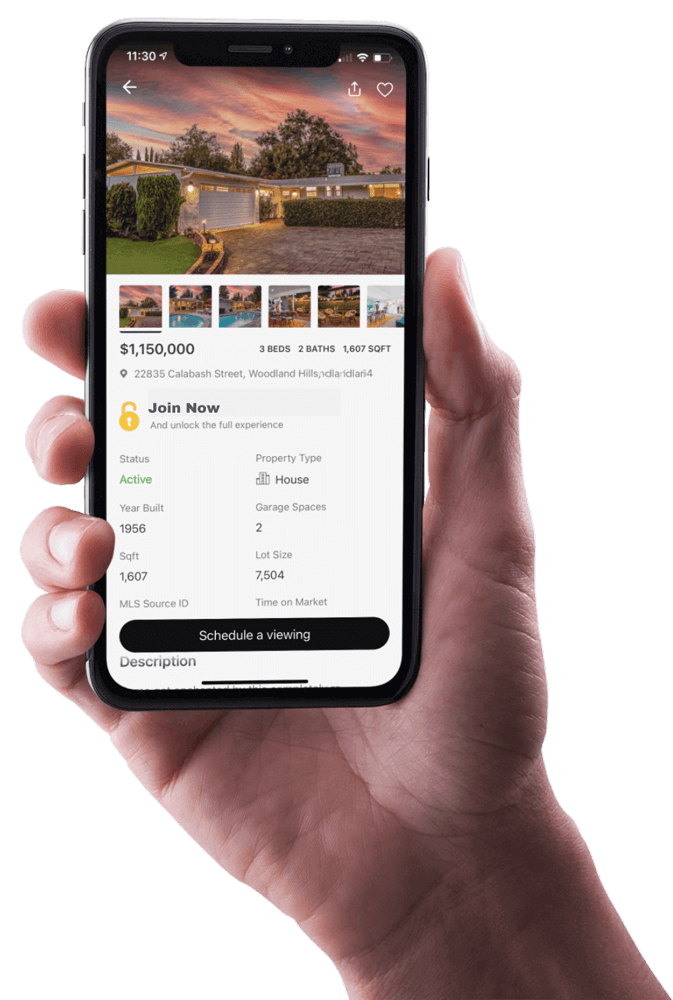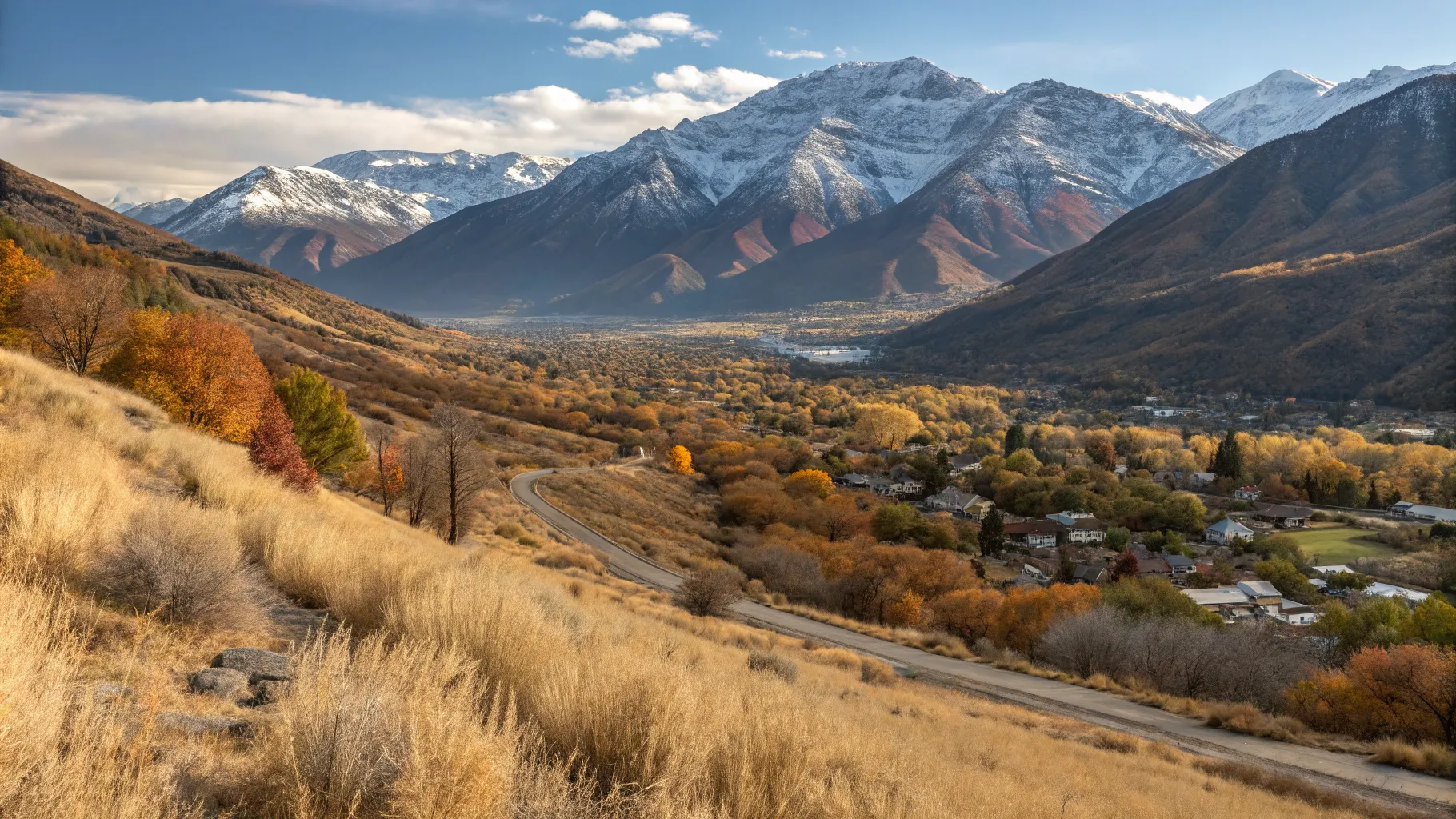
Utah's climate is famously varied: mountain deserts, high-elevation resorts, and warm southern valleys combine to produce distinct seasons, sudden changes, and scenic extremes. This guide explains what to expect when living in Provo and northern Utah, breaks down each season, compares northern and southern Utah climates, and offers practical tips for homebuyers and relocating families considering the area.
Quick Overview: Mountain Desert Climate
Provo sits within a mountain desert zone along the Wasatch Front, which means a relatively dry climate, low humidity, and significant temperature swings between day and night. Summers are typically warm with a dry heat; winters bring snow to the valleys and abundant snowfall at higher elevations. Southern Utah—places such as St. George, Moab, and Kanab—sits at lower elevations and is markedly hotter in summer and much milder in winter.
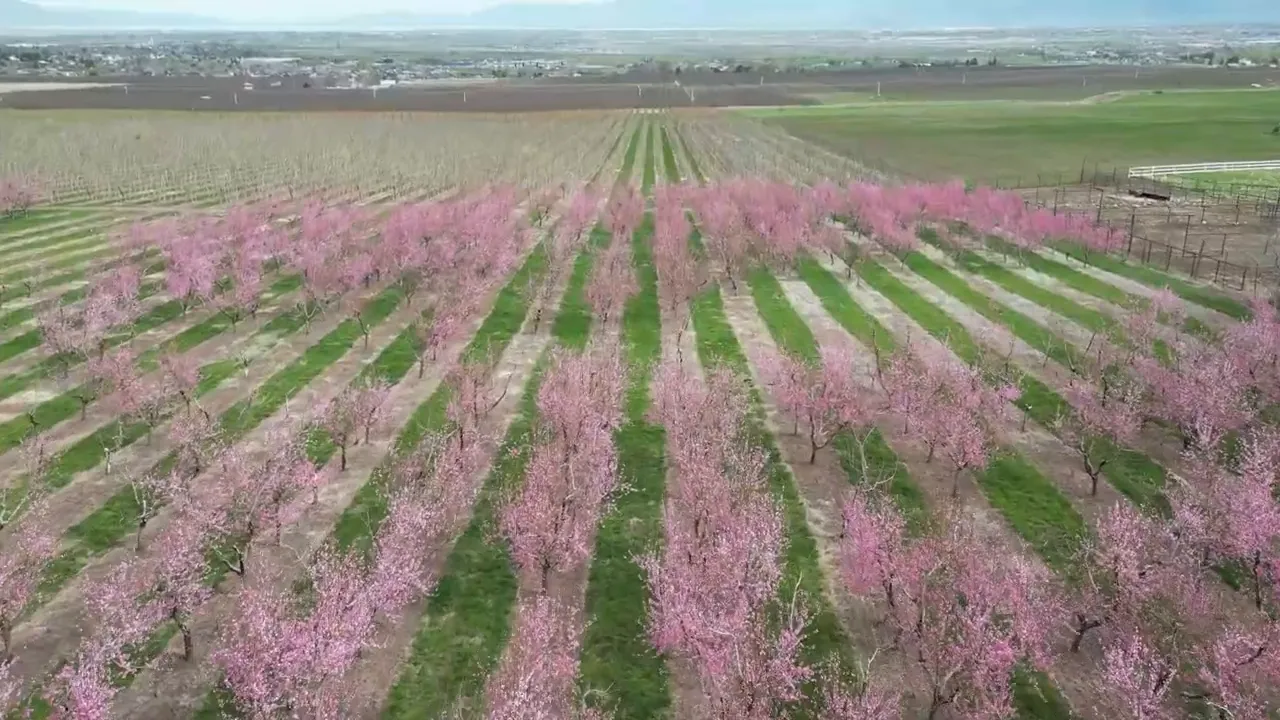
Spring in Provo: Blossoms, Mud, and the Occasional Snowstorm
Spring marks the valley's leafy transformation and the return of orchard blossoms. Average daytime highs often range from the 50s to the 70s (°F), while nighttime temperatures commonly fall into the 30s and 40s. May tends to be the wettest month in northern Utah, with an average of roughly 1.3 inches of rainfall.
Spring hiking and backcountry roads begin to open, but trails can remain wet and muddy for weeks. Spring is also the season for surprises: Utah can produce sizeable late-season snowstorms—some spring storms have produced measured snow totals of up to two feet—followed within days by shorts-and-t-shirt weather as daytime temperatures rebound.
Practical spring considerations for homeowners
- Expect muddy yards and driveways early in the season; plan landscaping and drainage accordingly.
- Keep flexible scheduling for outdoor inspections or move-in plans during April–May due to unpredictable storms.
Summer: Dry Heat, High UV, and Monsoon Pulses
Summers in Provo are warm, generally with daytime highs in the 80s to low 90s and nighttime lows around the 60s. Heat feels drier than coastal or humid climates, so evenings cool off and provide comfortable outdoor living. UV indices are high; sun protection and hydration are essential for families and outdoor workers.
July–August introduces a modest monsoon influence: afternoon or evening thunderstorms can arise, bringing brief heavy rain or hail in localized areas. These storms are typically less violent than the monsoon events in Arizona but can still produce intense downpours and street flooding in low spots once or twice a season.
How northern Utah summers compare with southern Utah
- Northern Utah: high 80s–mid 90s typical; rare days exceed 100°F.
- Southern Utah (St. George, Moab, Kanab): common highs of 105–110°F during peak summer months; winters remain much milder.
Fall: Peak Colors and Comfortable Weather
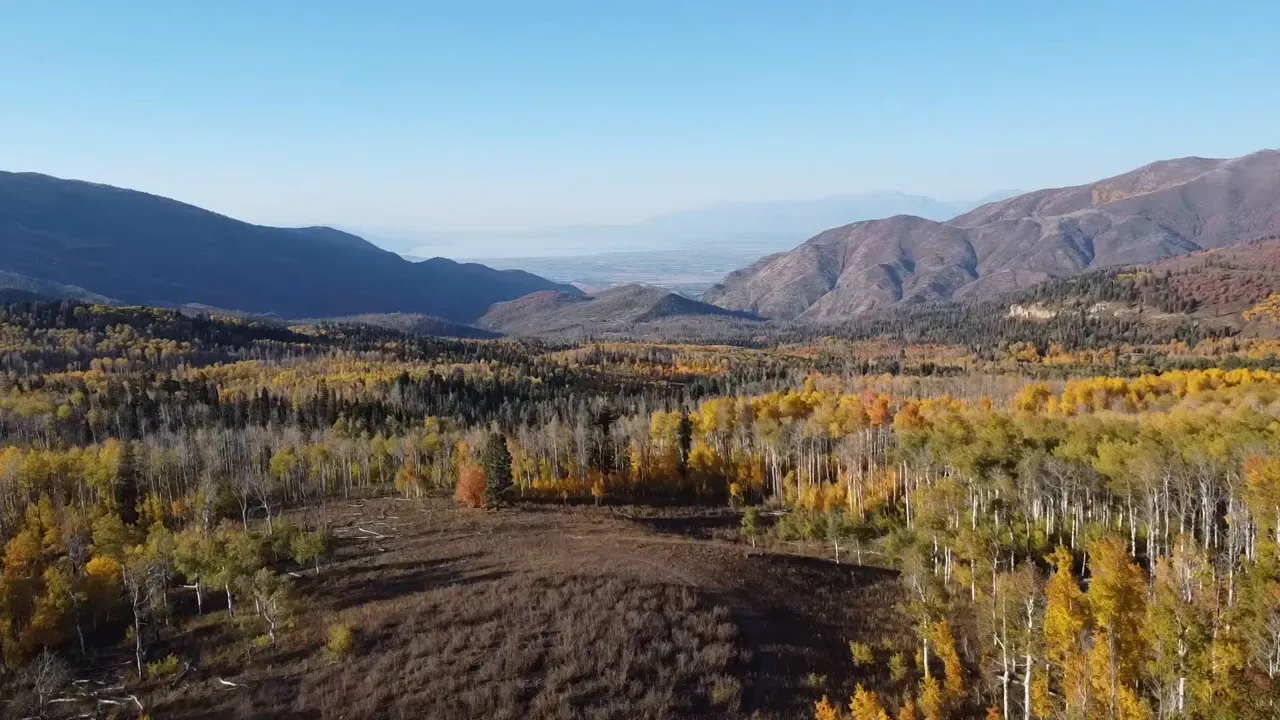
Fall is often the favorite season in Provo. Early September continues warm (highs around the 80s) while nights cool into the 50s and 60s. By October, scenic color peaks occur across aspen groves and maples in the foothills and mountains. Popular viewing drives include the Alpine Loop and Nebo Loop, and Skyline Drive toward Sanpete County features extensive aspen stands for showy golden displays.
Explore Utah Real Estate
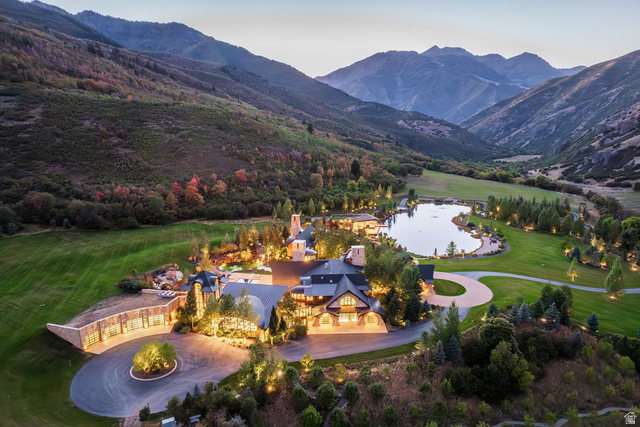
5618 E SOUTH FORK RD, Provo, UT
$43,000,000
Bedrooms: 6 Bathrooms: 10 Square feet: 22,958 sqft
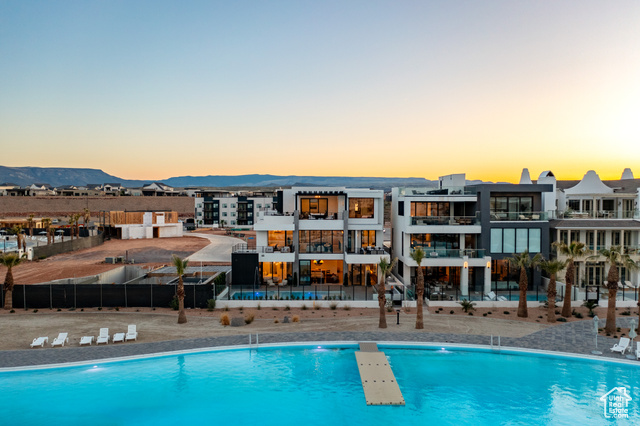
864 W SAPPHIRE SKY LN #546, St George, UT
$4,300,000
Bedrooms: 7 Bathrooms: 9 Square feet: 5,136 sqft

La Casa Cir, St George, UT
$575,500
Square feet: 14,391 sqft
Fall typically remains dry and clear until late October, when the first winter systems can arrive. Heavy precipitation years can produce spectacularly vibrant fall foliage, while drier summers produce more muted colors.
Winter: Snow, Inversions, and World-Class Skiing
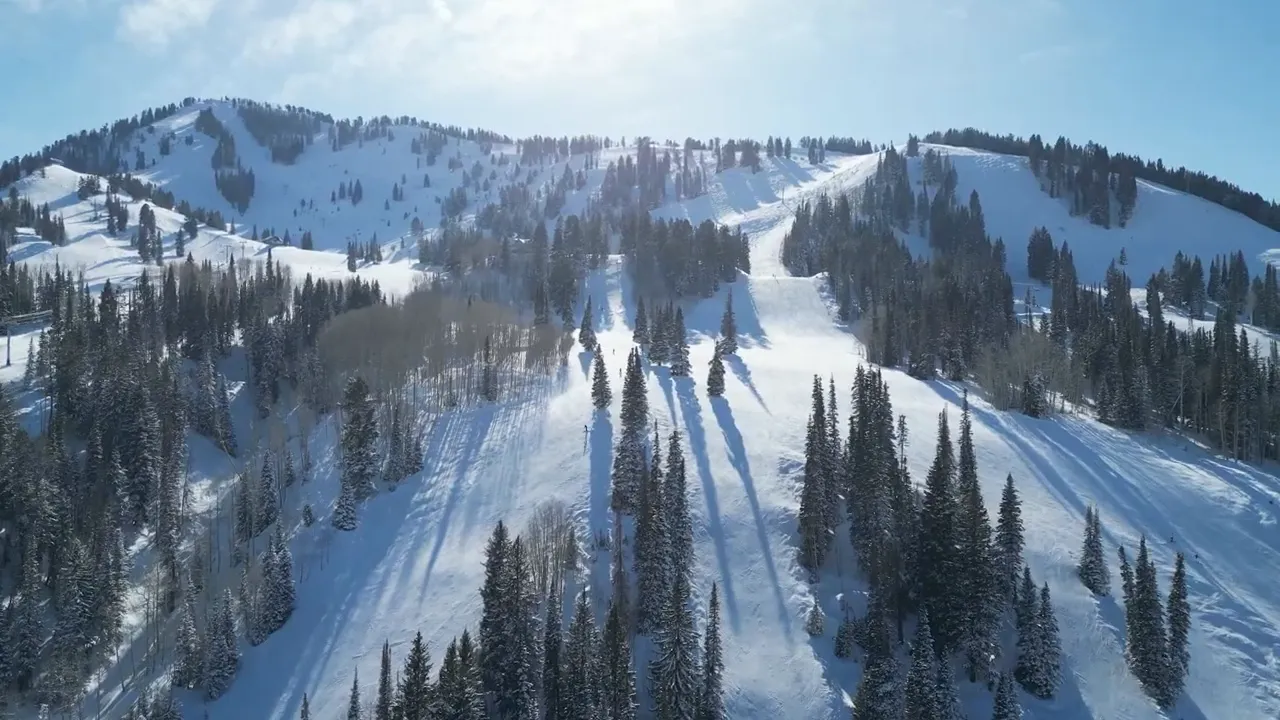
Winter weather varies dramatically year to year. Northern Utah valley averages often fall between the 30s and 40s for daytime temperatures with nighttime hours frequently below freezing, producing ice and frozen mornings. Snowfall totals can range from light seasons to exceptionally snowy years when resorts and mountain ranges receive feet of accumulation.
Residents should plan for snow removal equipment—shovels, snow blowers, or driveway plows—if living in the valley. Southern Utah rarely requires such equipment; snow there is infrequent and short-lived.
One winter downside in the valleys is temperature inversion events that trap air pollution and reduce air quality. These inversions are common across the Wasatch Front during long stretches of still, cold weather and are less of a concern in southern Utah.
Skiing and winter recreation
The Provo area benefits from easy access to multiple ski resorts. Sundance is minutes away via Provo Canyon, and Salt Lake City and Park City resorts are within roughly an hour to 90 minutes, offering world-class terrain and reliable mountain snowfall even in lighter valley-snow years. Summer and fall visitors also find these resort areas appealing for lift-access mountain biking, hiking, and scenic rides.
Comparing Northern and Southern Utah Climates
Northern Utah (Provo and the Wasatch Front) experiences four distinct seasons: spring blossoms, warm dry summers, colorful falls, and snowy winters with occasional inversions. Southern Utah (St. George, Moab, Kanab) has a milder winter, much hotter summers, and less winter snowfall; it is ideal for those seeking year-round outdoor activities with minimal winter disruption.
This diversity allows lifestyle flexibility—skiing and snow sports a morning in the mountains, followed by a short drive to warm winter golf in southern valleys within a few hours.
Relocation and Real Estate Considerations
Climate should be a key factor in home selection. Buyers who prioritize mild winters and less snow may prefer southern Utah markets. Those who value four distinct seasons, proximity to ski areas, and a mountain landscape often find northern Utah—especially Provo and surrounding communities—more appealing. Property features to evaluate include garage size and storage for snow-removal equipment, HVAC and air quality systems (for inversion seasons), shade and UV protection for summer months, and landscaping designed for drier, desert-like conditions.
More Properties You Might Like
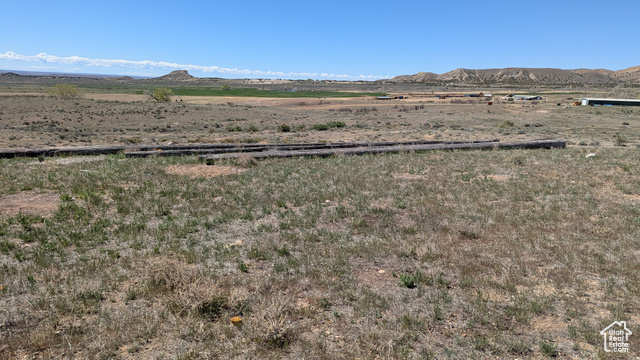
2098 E GOOSE RANCH RD, Vernal, UT
$103,000
Square feet: 274,864 sqft
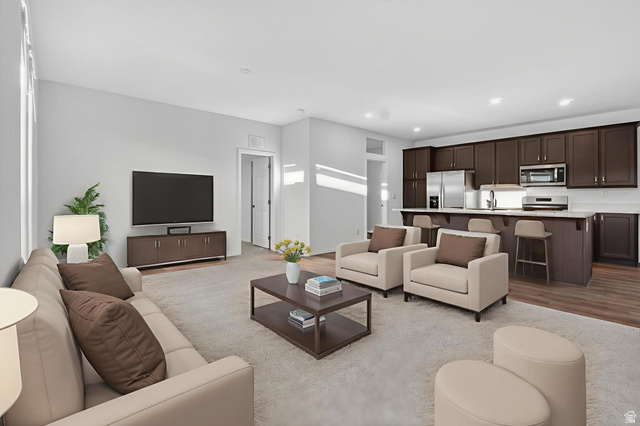
1700 W 2700 N #36, Pleasant View, UT
$230,000
Bedrooms: 4 Bathrooms: 2 Square feet: 2,100 sqft
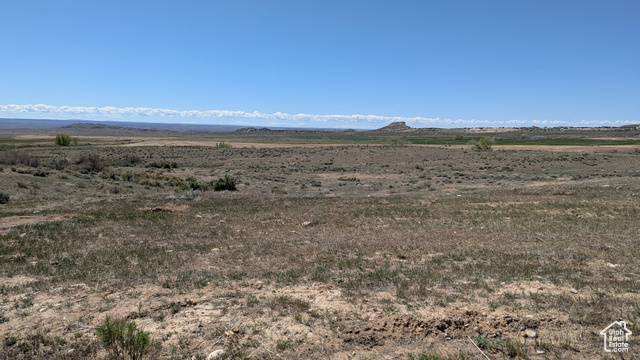
2148 E GOOSE RANCH RD, Vernal, UT
$116,000
Square feet: 309,276 sqft
For more regional real estate resources and listings, consult https://bestutahrealestate.com which provides comprehensive Utah property information and marketplace tools.
Frequently Asked Questions
- Does Provo get much snow?
Yes—snowfall in Provo and the surrounding valleys can be significant in snowy years, while other seasons produce lighter amounts. Mountain resorts reliably receive heavy snow even when valley totals are modest.
- How hot does Provo get in summer?
Typical summer highs fall in the 80s to low 90s. Northern Utah rarely experiences the prolonged 105–110°F heat common in southern Utah and parts of the desert Southwest.
- When are peak fall colors in northern Utah?
Peak fall colors generally occur from late September through early October, depending on the year’s precipitation and temperature patterns. Aspen groves and canyon roads are prime viewing areas.
- Are winter inversions a health concern?
Inversions can degrade air quality significantly; sensitive individuals (children, older adults, those with respiratory conditions) should monitor local air-quality advisories during prolonged inversion events.
- Is southern Utah a good place to avoid winter weather?
Yes. Southern Utah towns such as St. George and Kanab enjoy milder winters with limited snow and more consistent winter sunshine, making them attractive for those seeking minimal winter disruption.
Resources and Further Reading
State-level climate and weather resources can be found at Utah government sites such as https://www.utah.gov which include public information on regional conditions and advisories. For national climate context and homebuying statistics, consider resources from agencies like the U.S. Census Bureau or the National Association of Realtors.
Final Notes for Homebuyers and Relocators
Utah’s climatic variety is a major selling point: four distinct seasons in the north, abundant outdoor recreation, and the option to choose milder southern valleys. Buyers should align property choice with lifestyle priorities—proximity to skiing and fall color drives, tolerance for winter inversions, or preference for warm, dry winters—and prepare homes for the seasonal demands of each zone.
Questions about regional neighborhoods, market trends, or property suitability for specific climate needs are common among relocating families and investors; local market specialists and community resources can provide tailored guidance based on intended use, family needs, and budget.
